21 Things Boomers Did With A Home Phone That Are Foreign Concepts Now

Growing up, our home phones weren’t just devices—they were lifelines, mystery boxes, and sometimes, battlefields.
Today’s generation might look at a rotary phone like it’s a museum artifact, but to us? It was the center of the household drama. There was a weird thrill in picking up the receiver without knowing who was calling—could be your best friend, your crush, or your dentist.
Every ring was a gamble! And don’t get us started on the tangled phone cord Olympics—you’d spin, twist, and nearly break your arm trying to free it mid-convo.
We learned patience from busy signals, courage from calling our crush’s home number, and pure tactical negotiation from getting just five more minutes on the line.
So let’s rewind the dial and take a nostalgic journey through 21 quirky things Boomers did with their home phones—because those curly-corded days were nothing short of legendary.
1. Memorizing Everyone’s Phone Number

Back in the day, phone numbers weren’t just numbers; they were badges of honor stored in our brains. Forget about speed dial or contact lists. If you couldn’t remember your best friend’s number, well, tough luck—you weren’t calling them!
Our brains were basically the original cloud storage, and we prided ourselves on it. Sometimes, you’d have a list of numbers stuck to the fridge, but we considered that cheating! It was a mental workout, a daily exercise in recall agility.
There was a real thrill in dialing by memory and hearing the familiar voice on the other end. Today, we’d probably struggle to remember our own numbers without a phone to remind us. But hey, back then, brain storage was prime real estate, and every digit mattered.
2. Using a Phone Book Bigger Than Your Head

Ah, the good old phone book, a literal heavyweight in the world of communication. Finding a number involved physically flipping through hundreds of pages, all alphabetically organized in a way that put our brains to the test.
Not only was it a treasure trove of numbers, but it also served as a handy booster seat during holiday dinners! Kids today wouldn’t believe that the phone book was once a staple in every household. Each edition was eagerly awaited, and its arrival was a big event.
It felt like holding the world in your hands, or at least your neighborhood. Now, everything is just a search bar away, but those pages had a certain charm. Plus, there was an indescribable satisfaction in finding that number right where you expected it.
3. Rotary Dialing — One… Number… At… A… Time
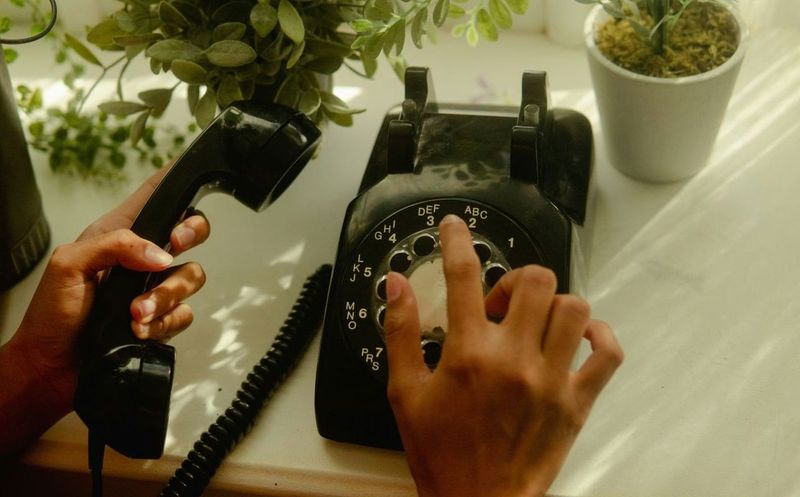
The rotary phone was the epitome of patience. Each number had to be dialed with precision, as if it were a mini-game of roulette. If you messed up? Back to square one, my friend. This was a true test of one’s character and patience.
The slow, methodical clicking of the dial was oddly satisfying, almost hypnotic. It was a form of meditation before we knew what meditation was.
But boy, was it frustrating if you misdialed on the last number! We learned to savor each moment, each turn, each click. Today’s kids, with their speed-dials and quick taps, will never know the sheer exhilaration of completing a call successfully. Rotary dialing was more than just making a call; it was an art form.
4. Answering Without Knowing Who Was Calling
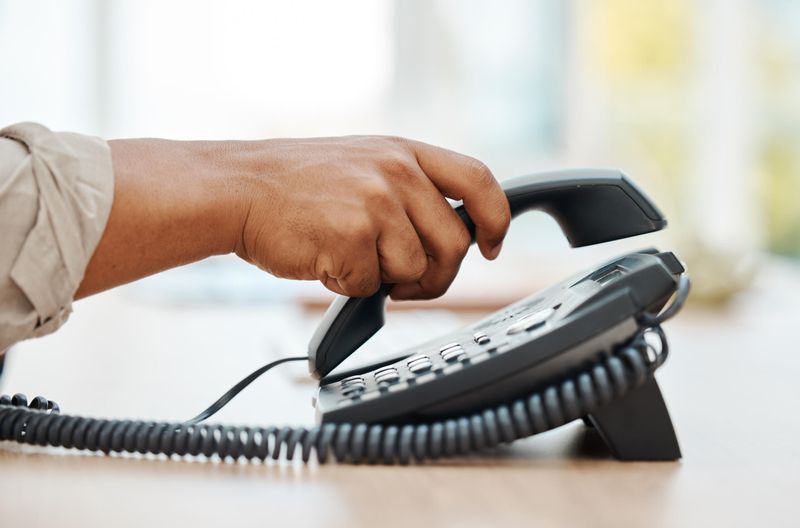
Every ring of the phone was a thrilling mystery. We had no caller ID, no way to screen our calls beforehand. Every time the phone rang, it was like spinning a wheel of fortune. Who could it be? The President? A wrong number? Your best friend with juicy gossip? You never knew until you picked up!
It was a gamble, and we were all in. Sometimes it was exciting, other times disappointing, but always unpredictable. It added a sense of adventure to everyday life. Now, we screen calls like bouncers at a club, but back then, every call was an event.
Answering the phone was an act of bravery, a leap into the unknown. And that, my friends, was part of the fun.
5. Screaming “I GOT IT!” Across the House
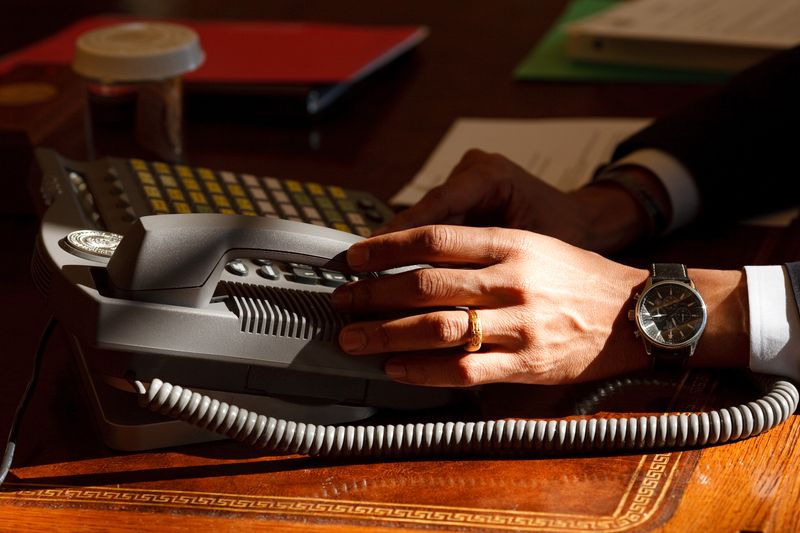
The race to the phone was the ultimate family showdown. At the sound of the first ring, we’d bolt from wherever we were, sprinting through the house like Olympians. The prize? The honor of answering first. With a loud “I GOT IT!” echoing through the halls, we claimed victory and bragging rights.
It was a high-stakes game, full of adrenaline and strategy. We all had our running routes mapped out for maximum efficiency. It was chaos, but it was beautiful chaos.
Today, phones are personal and glued to our hands, but back then, the phone was communal, and so was the game. Racing for the receiver was more than just answering a call; it was a family tradition, a sport, and an adrenaline rush all rolled into one.
6. Party Lines

Imagine a time when your phone call wasn’t just your phone call. Welcome to the world of party lines, where privacy took a backseat and neighborhood gossip thrived. Sharing a line with neighbors meant your conversations could be a community affair. It was like having a live audience every time you called your friend.
Sometimes, you could hear your neighbors chatting away, and it was all perfectly normal—sort of like an early version of social media! Sure, you couldn’t discuss secret plans or confidential matters, but it brought communities together in unexpected ways.
Today, we’d be horrified at the thought, but back then, it was just part of life. There was a certain charm in overhearing Mrs. Johnson’s cake recipe while waiting for your turn on the line.
7. Eavesdropping on a Second Line
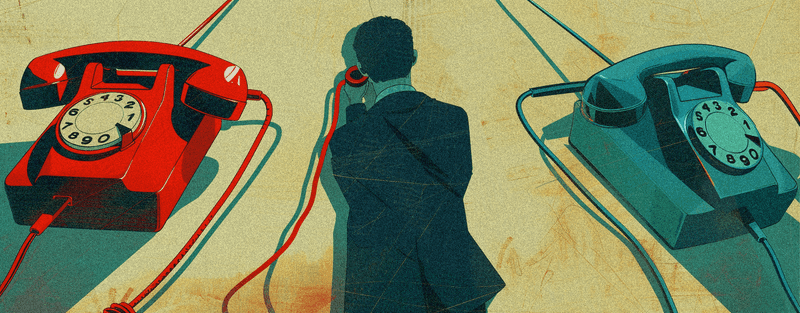
If your household was lucky enough to have a second phone line, oh, the mischief that ensued! Sneaking onto the line to listen in on your sibling’s conversation was an art form. It was all about stealth, timing, and not making a single sound.
You had to master the silent phone pick-up and the quietest breathing possible. It was about as covert as a spy mission, and just as thrilling. Caught eavesdropping? Prepare for sibling wrath! But successfully pulling it off? It was a triumphant moment, complete with a mischievous grin.
Now, with private chats and encrypted messages, snooping is more complicated. But back in the day, eavesdropping was a rite of passage, a guilty pleasure that added a dash of excitement to everyday life.
8. Untangling That Cursed Cord

Ah, the phone cord, that long, curly piece of plastic that seemed to have a mind of its own. You’d be deep in conversation, only to find yourself wrapped in a web of twisted cord. Untangling it was a dance, a performance of Cirque du Soleil proportions.
It was all part of the experience, a quirky little inconvenience we accepted. The more you moved, the worse it got, until you were practically doing yoga poses to set yourself free.
It was a test of patience and coordination, a rite of passage for anyone who dared to talk for more than five minutes. Today, we’re wireless and free, but back then, we were like puppets on a string, learning to navigate the tangled dance of communication.
9. Waiting for a Specific Time to Call
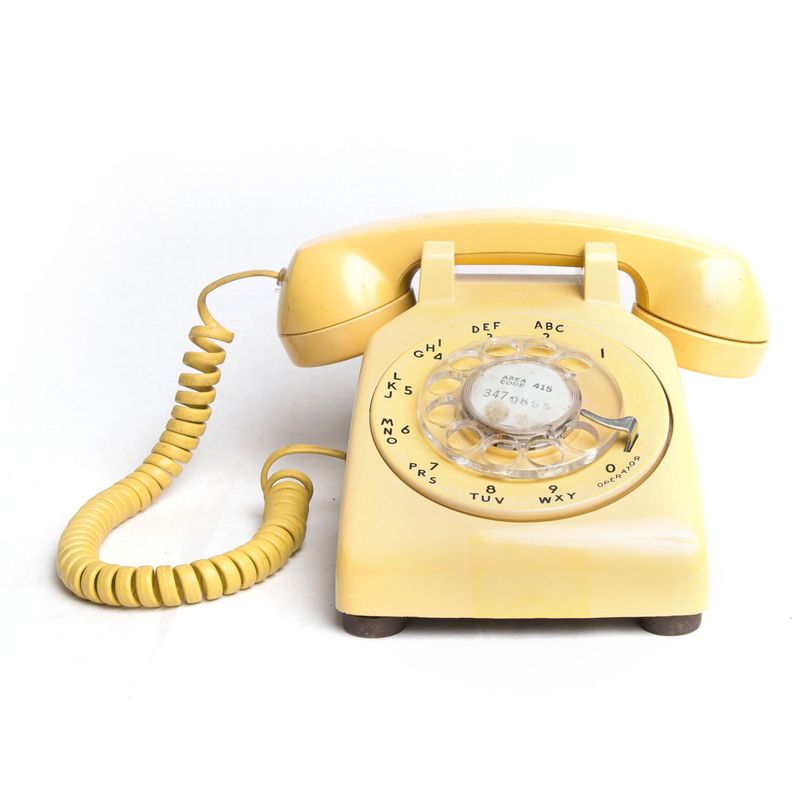
Strategic planning was the name of the game when it came to making calls. You had to time your calls perfectly to avoid interrupting dinner or catching someone at a bad moment. No quick texts or instant messages to save the day—you had to wait.
It was all about timing, patience, and maybe a little luck. Calls were carefully planned, sometimes penciled into schedules. Missing a call was missing an opportunity, and you had to wait again.
Today, we call or text at any hour, but back then, communication was an event, something to be prepared for. It added a layer of anticipation, a sense of occasion to every conversation. And when you finally connected? It was a sweet victory, a well-earned reward for your impeccable timing.
10. Being Physically Anchored to One Spot

Imagine being physically tethered to one spot every time you wanted to make a call. That was life with a corded phone. If you were lucky, the cord stretched to the kitchen, but often, you were pinned like a butterfly in a glass case.
Mobility was a luxury we didn’t have. Conversations were confined to a radius, defined by the length of the phone cord. It was like having an invisible leash, a constant reminder of your place. You learned to multitask in a small area, mastering the art of doing everything one-handed.
Now, we roam freely with our devices, but back then, being anchored was just part of the deal. It taught us to value our freedom, to savor every step we couldn’t take.
11. Calling the Time & Weather Hotline
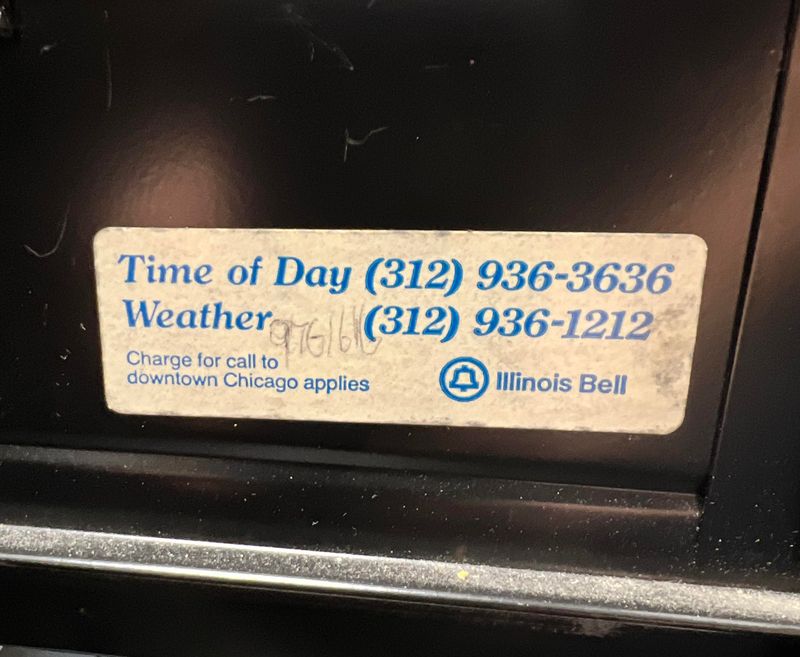
There was something oddly comforting about calling a hotline to hear the time and weather. No smartphone alerts or digital displays, just a friendly voice telling you, “Good evening. The time is… 6:32 PM, and the temperature is… 72 degrees.”
It was a ritual, a small slice of predictability in an unpredictable world. We’d call just for the soothing cadence of the voice, a small comfort in our busy lives. It was like having a personal update service, a precursor to our modern apps.
Today, we get instant updates at our fingertips, but those hotline calls were a unique blend of technology and human touch. They were a part of our routine, a link to the outside world delivered through the comforting crackle of a phone line.
12. Making Collect Calls (and Sneaking Your Message In)

Remember the thrill of making a collect call and sneaking your message in before the beep? It was a skill, an art, a covert operation. You had to act fast and be concise. The goal was to deliver your message in those precious few seconds: “Will you accept a call from — ‘mompickupmeoutside’?”
It was like a verbal magic trick, squeezing in all the vital info before being cut off. It was a game of wits and speed, a communication hack that required quick thinking.
Today, we have messages, emails, and countless ways to convey information, but back then, creativity ruled. Making a collect call wasn’t just about connecting; it was about outsmarting the system, finding a loophole in the communication labyrinth.
13. Prank Calling for Fun
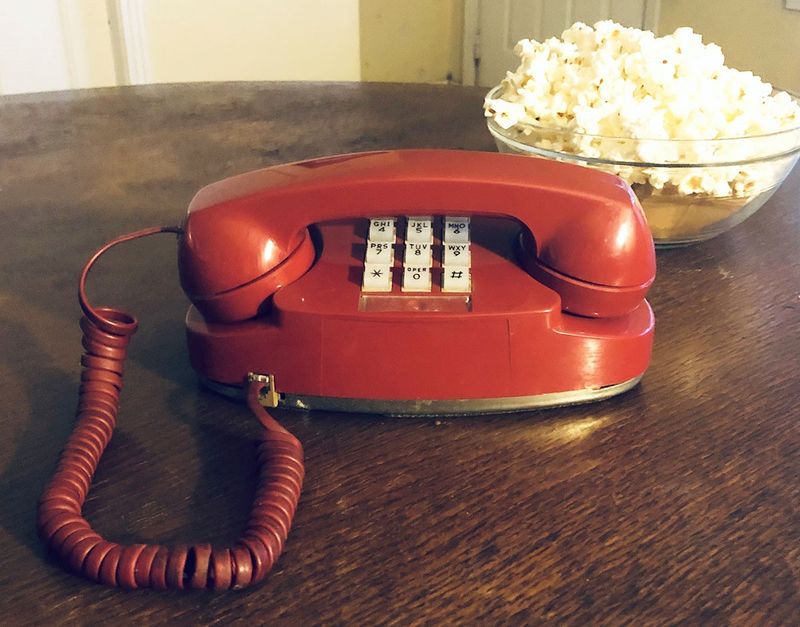
Before caller ID quashed the glorious art of prank calling, it was a top-tier pastime. “Is your refrigerator running?” and other classics were comedic gold. We’d giggle uncontrollably, hearts racing with the thrill of anonymity. It was the ultimate test of keeping a straight face and a steady voice.
The anticipation of the reaction on the other end was exhilarating. Today, caller ID has made prank calling almost obsolete, but back then, it was an innocent thrill, a harmless way to entertain ourselves and each other.
It was like our version of improv comedy, a spontaneous act of creativity and courage. We crafted scenarios, played characters, and reveled in the moment. Prank calling was more than just a joke; it was a shared experience, a bonding moment among friends.
14. Freaking Out Over Long-Distance Charges
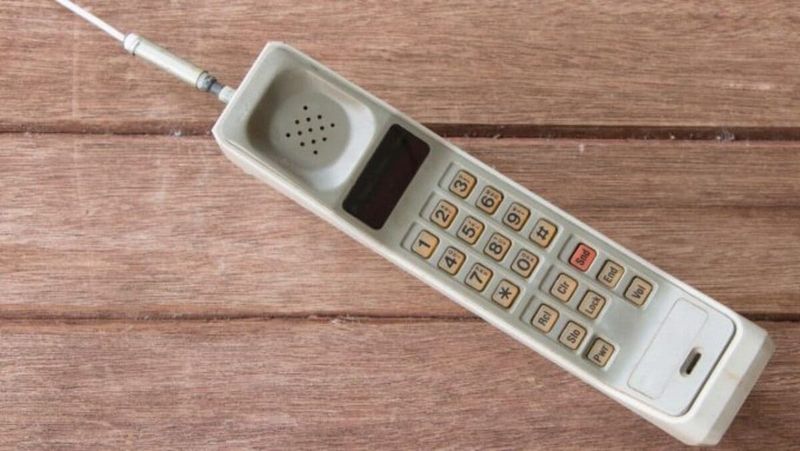
Long-distance calls were the stuff of legends, a financial minefield we navigated with caution. Each second ticked away like dollars disappearing from your wallet. Conversations were brief, focused, and filled with urgency.
Calling your cousin in Ohio? Better keep it short and sweet, or risk a jaw-dropping phone bill. It was a delicate dance of information exchange, where every word counted. Now, we chat endlessly across the globe without a second thought, but back then, the fear of long-distance charges loomed large.
We learned to prioritize, to say what mattered most. It was a lesson in communication efficiency, a challenge that shaped how we connected with loved ones afar. Those bills were a wake-up call, a reminder of the cost of connection.
15. Talking for Hours With the Cord Wrapped Around Your Finger

Endless hours spent on the phone, wrapped in a cocoon of conversation. That phone cord was like a lifeline, twisted around our fingers as we laughed, cried, and shared secrets. It was a tactile connection, a physical bond between us and the person on the other end.
Those marathon phone sessions were a rite of passage, a way to explore the depths of friendship and love. The cord became a part of us, a natural extension of our storytelling.
Now, we text and message without ever feeling the weight of the phone in our hands, but back then, it was a tangible link, a reminder of the person we connected with. Talking for hours was more than just passing time; it was building relationships, one twist of the cord at a time.
16. Screening Calls With an Answering Machine
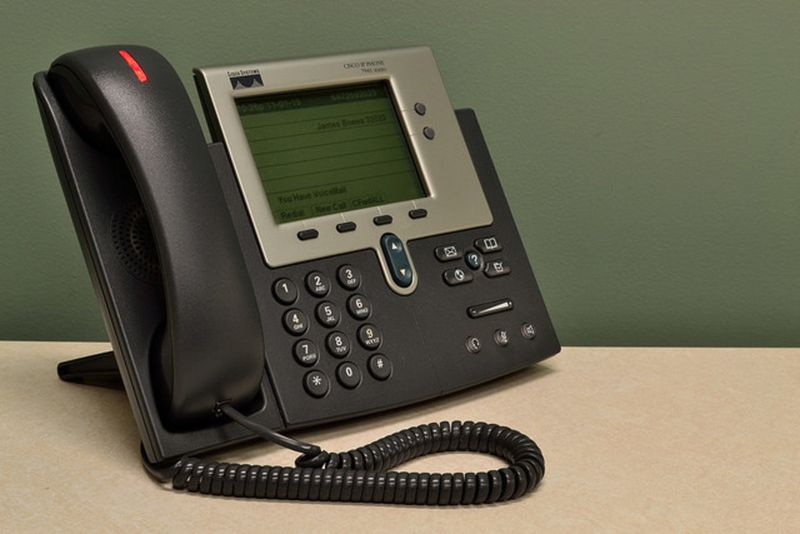
The answering machine was a gatekeeper, a filter for the flood of incoming calls. We’d listen to the first few seconds of a message, deciding whether to pick up mid-beep or let it roll to voicemail. It was an art, a delicate balance of curiosity and caution.
That little blinking light held secrets, stories, and sometimes, surprises. The machine was our ally, providing the luxury of choice. Now, we have digital voicemail and caller ID, but back then, the answering machine was our first line of defense.
It taught us to be discerning, to value our time and attention. It was a game of patience, waiting to hear the message unfold, deciding whether to engage or retreat. Screening calls was more than just avoiding telemarketers; it was about taking control.
17. Recording the Outgoing Message Like It Was a Demo Tape
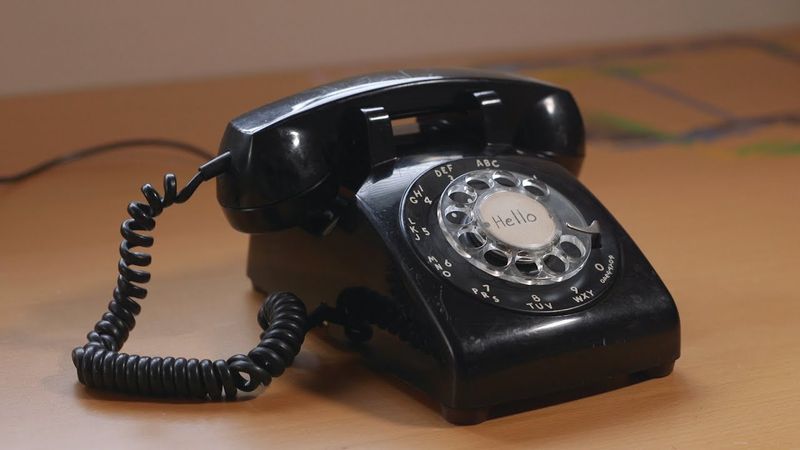
Creating the perfect outgoing message was a family affair, a mini production that required creativity and teamwork. We’d gather around, brainstorming scripts, practicing lines, and inevitably collapsing into laughter.
The message had to be just right—a blend of warmth, humor, and clarity. “Hi, you’ve reached the Smiths… leave a message!” Cue giggles and a slightly off-key jingle. It was a way to showcase our unique family personality, to leave a little piece of ourselves in each call.
Today, voicemail greetings are often generic, but back then, they were a personal touch, a slice of our lives captured on tape. Recording an outgoing message was more than just a task; it was a moment of bonding, a chance to create something memorable together.
18. Playing Games With Busy Signals

Before voicemail became ubiquitous, busy signals ruled the day. That relentless beep-beep-beep was a challenge, a call to action. We’d hang up and redial, determined to break through the busy barrier. It was a game of persistence, a test of patience and perseverance.
The busy signal was a rival we loved to hate, a sound that drove us to distraction but also motivated us to keep trying. Today, we leave messages and move on, but back then, the busy signal was a siren song, calling us back for one more try.
It was a lesson in resilience, a reminder that sometimes success is just a redial away. Playing games with busy signals was more than just a phone call; it was a battle, a dance of determination.
19. Calling a Friend’s House and Talking to Their Parents First
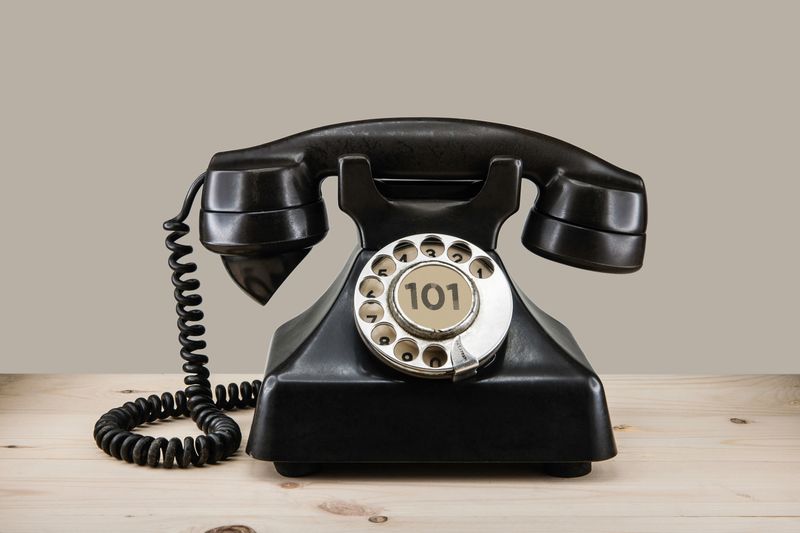
The nerve-wracking moment when you called a friend’s house and had to navigate the parental gauntlet. “Hi, uh… is Katie there?” was a question asked with bated breath. Parents were the gatekeepers, the first line of defense between you and your friend.
You had to be polite, articulate, and maybe a little charming. It was like an interview, a test of social skills and courage. Now, we text directly, bypassing the gatekeepers entirely, but back then, it was a rite of passage, a way to earn your place in the social circle.
Talking to a friend’s parents was more than just a formality; it was an exercise in diplomacy, a practice in patience. It taught us respect, humility, and the art of conversation.
20. Requesting Songs on the Radio by Phone
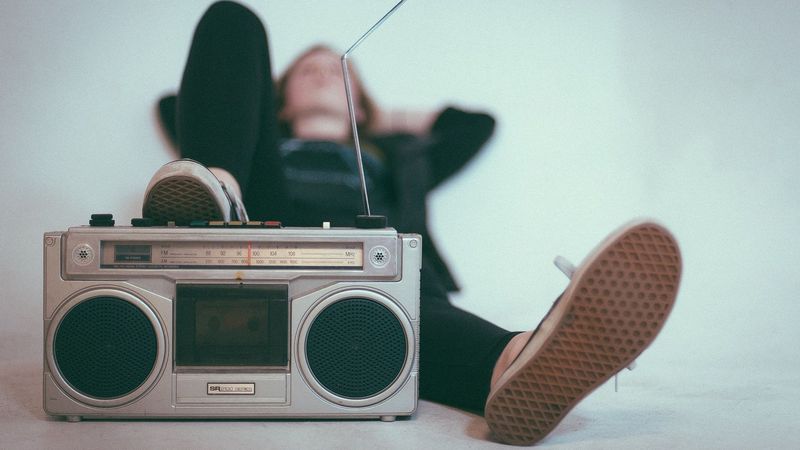
Dialing into a radio station to request a song was the epitome of anticipation. You’d call, wait on hold, and finally get your moment to shine. “Can you play ‘Every Rose Has Its Thorn’ for my crush?” It was a declaration, a public display of affection broadcasted to anyone listening.
Today, we stream our playlists at will, but back then, the radio was the ultimate DJ, and calling in was a bold move.
It was about sharing a piece of your heart, reaching out through the airwaves with a musical message. Requesting songs was more than just getting your tune played; it was connecting with a wider audience, feeling the thrill of hearing your name and dedication on the air. It was radio romance at its finest.
21. Connecting Via Phone Tree Chains
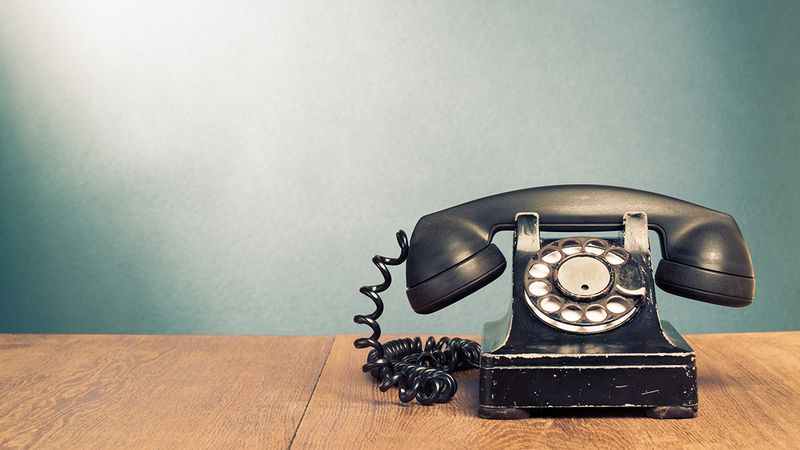
Phone trees were the original social network, a chain of calls that linked us together. Someone called you, and you had to call the next person, spreading information like a game of telephone. Missing your link? The whole chain collapsed.
It was a responsibility, a duty to keep the chain unbroken. Today, we broadcast messages instantly, but back then, phone trees required commitment and coordination. It was about community, about working together to ensure everyone stayed informed.
Connecting via phone tree chains was more than just passing a message; it was about trust, reliability, and the power of collective effort. It taught us to be vigilant, to value our role in the network, and to appreciate the human touch in communication.
